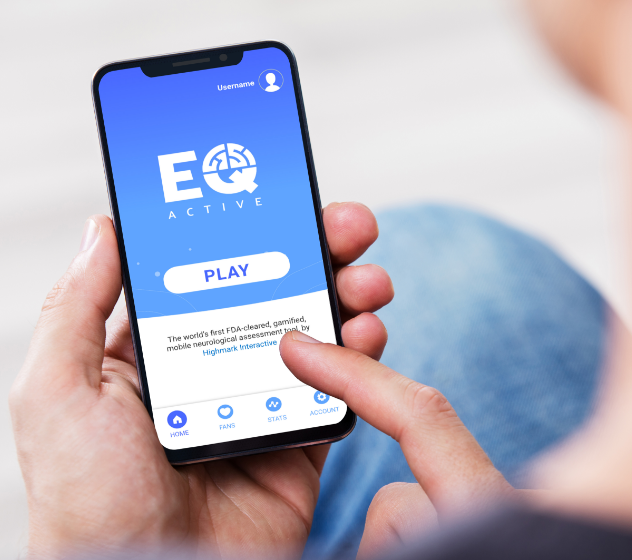Changing the paradigm of neurological testing and management
Highmark’s approach to brain health is focused on providing real-time data on mental health and neurological well-being to support proactive interventions.

DIGITAL
Rapid, gamified assessment and remote monitoring
EQ reinvents the way patients, athletes, employees, and medical staff assess neurological function and mental wellness. EQ contains seven different neurological tests, all clinically tested and sensitive to symptoms of anxiety, lack of sleep, and more. At any point in time, a comparison test can be run, and the results can be shared with a qualified practitioner. On-the-spot analytics and progression over time can be immediately and easily analyzed, monitored, and tracked over time to establish baselines, identify outliers and potential issues and make better decisions, quicker.
*EQ Brain Performance is FDA listed as EQ Active Brain Tracking
DIGITAL

The most comprehensive and sensitive clinical neurofunctional assessments
Specifically designed to detect what other cognitive tests can miss, BrainFx’s interactive digital cognitive assessments help health professionals better understand a person’s neurofunction, quickly illuminate mild to moderate dysfunction, and deliver unique insights for creating more, targeted treatment plans through real-world contextual, function-based activities. Automated, personalized, and comprehensive reporting helps to streamline clinical analysis, and post-assessment treatment planning resources enable highly targeted care planning.


CLINICAL

Multi-disciplinary, specialized rehabilitation
Complex Injury Rehab is a team of community based multi-disciplinary rehabilitation specialists. CIR provides assessment and treatment to individuals with disabilities (acquired or congenital) and in particular to those who have experienced complex or catastrophic injuries, or whose cases are more complex due to multiple traumas, psychological overlay, or pre-existing medical history. CIR works with individuals with Acquired Brain Injury, Spinal Cord Injury, Chronic Pain, Orthopaedic Injuries, Amputations, Burns and other complex trauma.
CLINICAL

Concussion Management and Sports Medicine
HighMark Health offers an array of services that provide a detailed and holistic approach to the diagnosis, management and treatment of concussion and post concussion syndrome. The clinical capabilities of Highmark’s medical team have led to the pioneering development of Collision Medicine. Collision Medicine integrates the unique medical management of Sports Medicine, Physical Medicine and Emergency Medicine. Highmark’s distinctive capability in the practice of Collision Medicine now brings an unmatched skill in the diagnoses, intervention and rehabilitation of injuries and dysfunction that occur as a result of the acceleration and deceleration of the human body.





